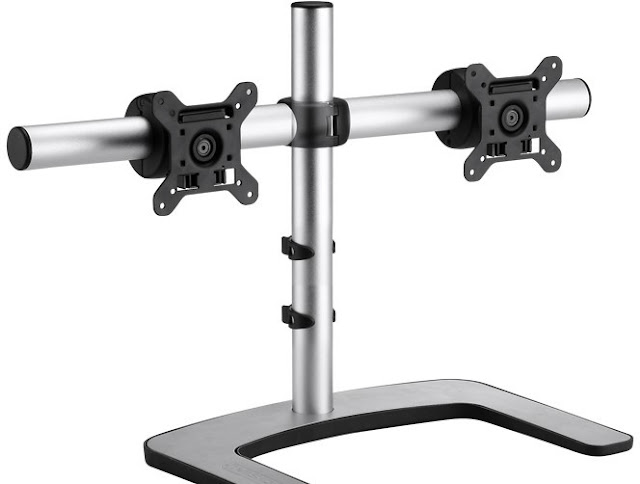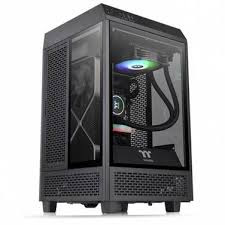Desktop Computer Buying Guide - Computer Alliance
Desktop PCs can perform better and support more peripherals than many laptops, but they vary in size, price, and processing power. This guide tells you everything you need to know to choose the best desktop PC with a freestanding monitor stand.
The best computer specs depend on how you plan to use it. For example, what you want to do with your PC will determine how fast it needs to be. A gaming PC needs a fast processor, a lot of RAM, and a powerful graphics card. A cheaper desktop should be fine if you want to use your computer to browse the web and do simple work tasks like word processing.
2.Desktop Processors
There are many different kinds of central processing units (CPUs) for desktop computers, but AMD and Intel produce the vast majority of them. Most of the time, Intel processors perform better than AMD processors, but they cost more. The main difference between processors is how many cores they have and how fast they are.
Most manufacturers rate the performance of their desktop computers in Brisbane, but it can be challenging to compare different brands. Your best bet is to look for PCs in your price range and then research the processors to ensure they are powerful enough for your needs.
3.Memory
Memory, or RAM, is integral to how fast and well a PC works. The better the performance, the more RAM you have. Experts say you should have at least 8 GB of memory, but 16 GB is better. For gaming and other high-powered computing tasks, you should have at least 16 GB.
DDR3 memory was the norm for desktop computers for a long time, but now DDR4 is more popular. When you buy memory, try buying as few DIMMs as possible to add more memory later.
4.Hard Drives
Some desktop computers with freestanding monitor stand still and use hard disc drives to store and cache data, but most new PCs come with solid-state drives. SSDs are better than HDDs because they work better, are faster, and last longer.
When shopping for hard drives, there are two main things to consider: size and speed. At least 1TB of space should be on a modern desktop hard drive. Most run at a rate of 7200 RPM, but some green or variable-speed drives use less energy because they run at different speeds. Most motherboards now let you operate RAID to add more than one hard drive to your computer.
Conclusion
Even though you might be tempted to buy the cheapest you can find, it's better to spend money on a device with a little more power than one with a little less power than you need. Remember that if you don't get an all-in-one desktop, you'll also need to buy a lot of extras.




Comments
Post a Comment